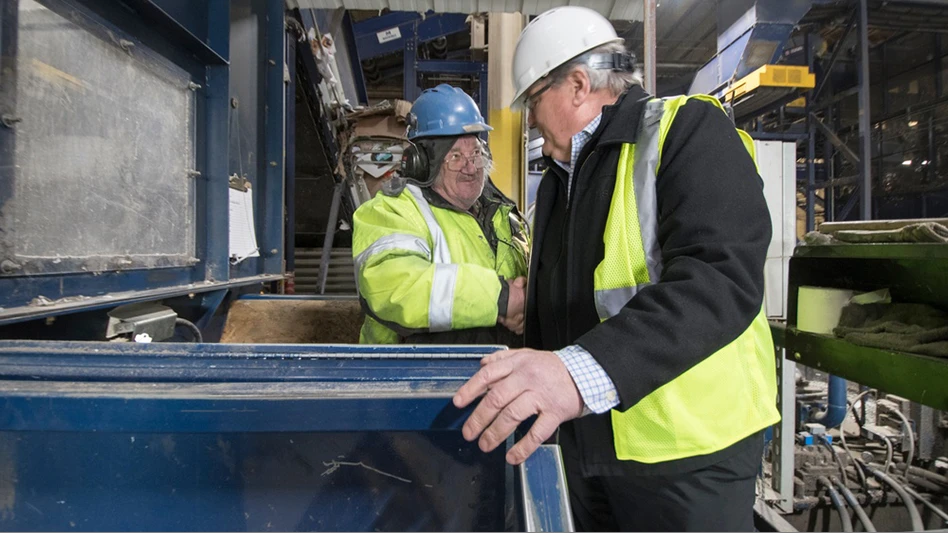
New Africa | stock.adobe.com
A new study has found that Vermont decreased 13 percent of food scraps from going to landfill since 2018. As reported by WCAX, the state has hailed the diversion milestone as a step in the right direction.
“We have a really robust system of composting in the state from home compost to pick up services and over 100 drop off locations where people can bring their food waste,” Josh Kelly of the Vermont Agency of Natural Resources tells WCAX.
The recent study set out to understand how well Vermont’s food waste ban, which went into effect in 2020, is working. The Department of Environmental Conservation sorted through trash samples in 2023, and their findings show that an estimated 53.7 percent of food scraps were saved from the trash.
However, 46.3 percent of food waste is still heading for landfill. Compost advocates say that the divide comes from a lack of understanding, a lack of time or a lack of funds to cover compost pickup.
RELATED: Food scrap disposal ban in Vermont prompts surge in composting
Kelly says closing that gap starts with teaching Vermonters about the benefits of composting from a young age.
“We’re trying to form recycling habits and composting habits early on, and then I generally see that people keep it, keep it up and they take it with them," he says. "They take it with them out of state."
The state estimates around 70,000 tons of food is disposed of every year.
“That’s like 4 million gallons of gas that you’re burning. If we were to compost that material, it’s like taking 8,000 cars off the road,” he says. “So the little steps of separating your coffee grounds in the morning have a huge difference over time to Vermont and climate.”
For more information on Vermont’s food waste diversion efforts, visit the Let’s Scrap Food Waste website.
Latest from Waste Today
- Techbros launches AI-integrated electronics processing facility
- Understanding interchange optimization
- Account Updater: Keeping customer credit cards always up-to-date
- Understanding credit card fees
- CDRA names new executive director
- CRI credits DRS modifications for Connecticut container recycling rate boost
- LRS expands into Indianapolis with purchase of GHW
- Pelleting equipment: Transform hard-to-handle waste streams





